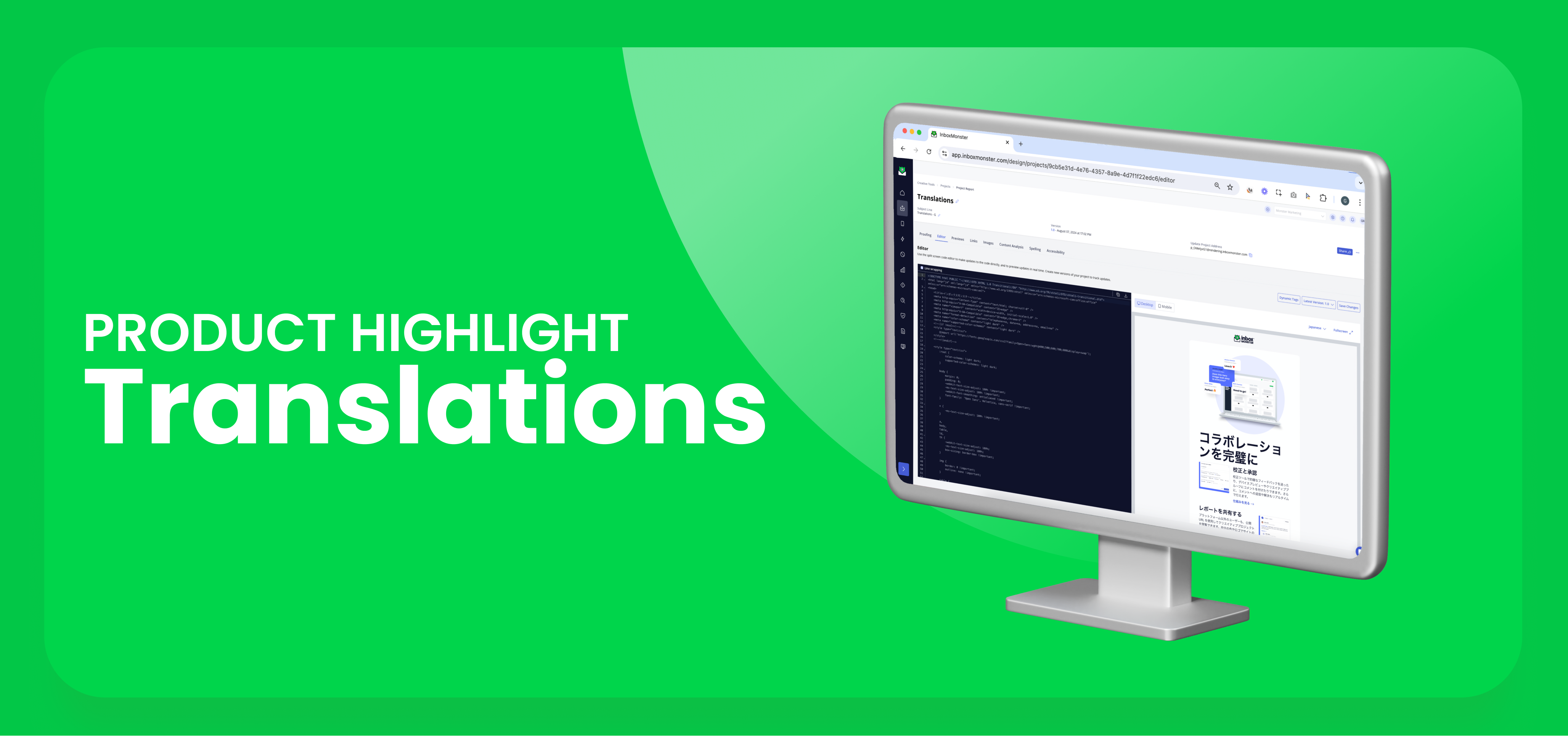Transactional emails. Yes, the “order confirmation” ones.
Think that’s all there is to it? Think again.
The world of transactional emails is so much bigger and deeper than providing your subscribers with their order number and summary or resetting their passwords.
Since those emails are triggered by behavior, transactional emails are one of the most opened, clicked and engaged types of emails out there (and with better deliverability rates, for the most part). When done right, they can be an opportunity for brands to reinforce brand authority, increase trust and loyalty, start (or continue) retention efforts, and in some cases, even upsell.
So how do you use transactional emails to your brand’s benefit, and maybe even more importantly, to your subscriber’s benefit?
The auto-renewal email
If your brand offers a subscription, an auto-renewal email is a must-have in your ESP inventory. Loom, the video messaging tool, is winning here in 3 ways:
- The messaging in this email helps every new subscriber to get a crystal-clear picture of the actions they just took.
- The “What to Expect” section is a wonderful way to increase trust among your new subscribers.
- The “Next Steps”, including the call to action “Manage Settings,” is an excellent way to reduce customer churn rates (and possibly, when clicked, could help Loom’s overall deliverability).
This email is a great example of giving subscribers the feeling that they control their choices. It’s a win-win situation for both sides.
The sign-up email
For a company that used to bash email marketing (and even wanted to replace it at some point), Slack is doing a few very smart things with this transactional email.
Instead of only giving access to your new account, Slack is using the Pareto Principle (also known as the 80-20 rule) wisely. They use 80% of the email to give users what they asked for (joining a new workspace), and the remaining 20% of the email for nurturing new users and giving tips to get started. (This also plays nicely into regulation around transactional messages, which must be primarily informational and not marketing communications.)
As an ever-evolving SaaS company, Slack starts the onboarding process in their users’ inboxes – which, for new users, can be helpful. And every bit of the onboarding section is clickable – you may think that’s obvious, but it is not. By doing that, Slack is paving the way for its users to become their biggest advocates.
The order return email
When it comes to transactional emails, you want things to be as frictionless as possible. In other words, especially when it comes to emails about not-so-favorable interactions with your brand, you want to do all the heavy lifting.
In this example, Target makes returning items a no-brainer. Almost 100% of the thinking is done for the subscriber in advance – from an easy way to find and print the return label to what they can expect next.
The best part of the email copy here is the fact that returning an item isn’t a big deal. It’s part of the customer experience. Sure, returning an item is always a hassle for everyone involved in the process, but including any hints to make your clients feel guilty about it is a no-go. Fortunately, you can’t find any of those unwanted hints in this email.
The order confirmation email
Transactional messages can be dismissed as simply functional, but we love communications that are both functional and entertaining, letting the brand voice shine through. Otaa, a DTC sustainable necktie and clothing line, is a prime example of just that.
Their order confirmation email is simple in its design, almost a text-only message with a minimal amount of branding and styling applied. But the message is priceless: “We picked out your order by gently picking it from the shelves with Japanese chopsticks and placing it on a silk pillow,” it begins. They baked a cake with your name on it, put it in rare packaging and then marched to the post office as a group, shedding a single tear as it was sent. Amazing.
Your transactional emails must deliver some crucial information. But that doesn’t mean that they have to be dry or boring. If anything, use your transactional emails and align them with your brand values.
From the body copy itself to the additional and valuable parts you can include at the bottom of your transactional emails, remember, those emails are an inseparable part of your overall inbox experience.





